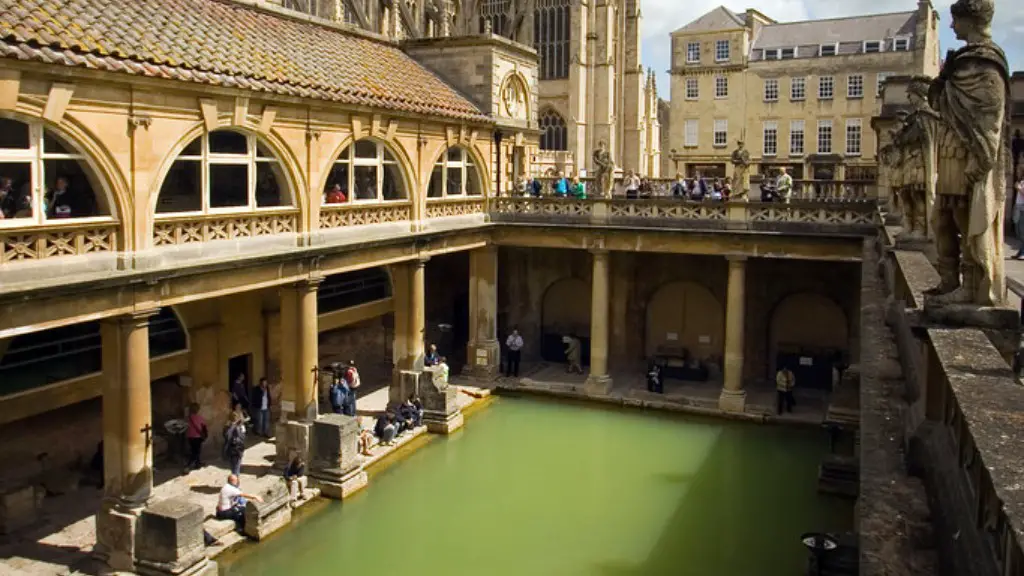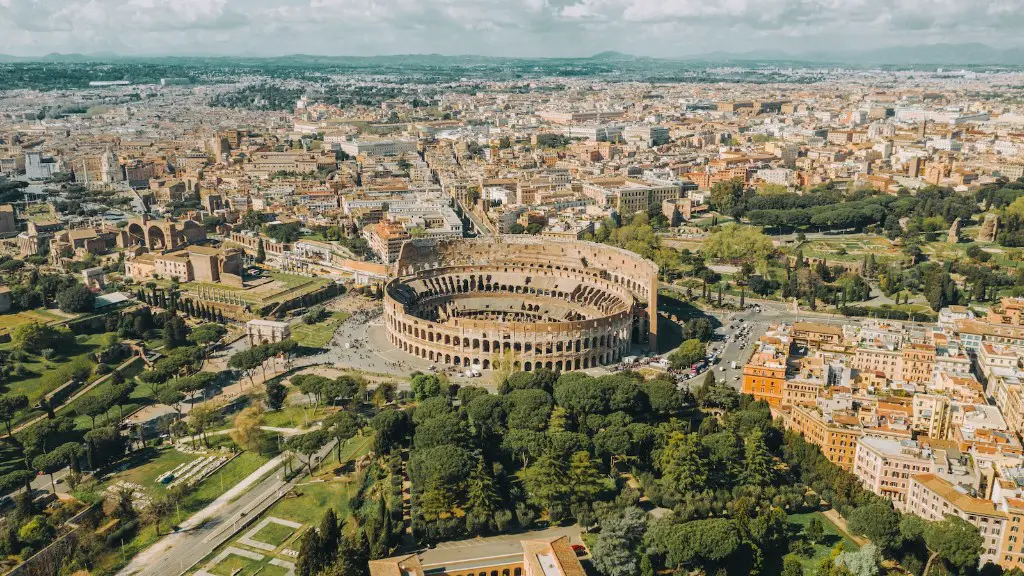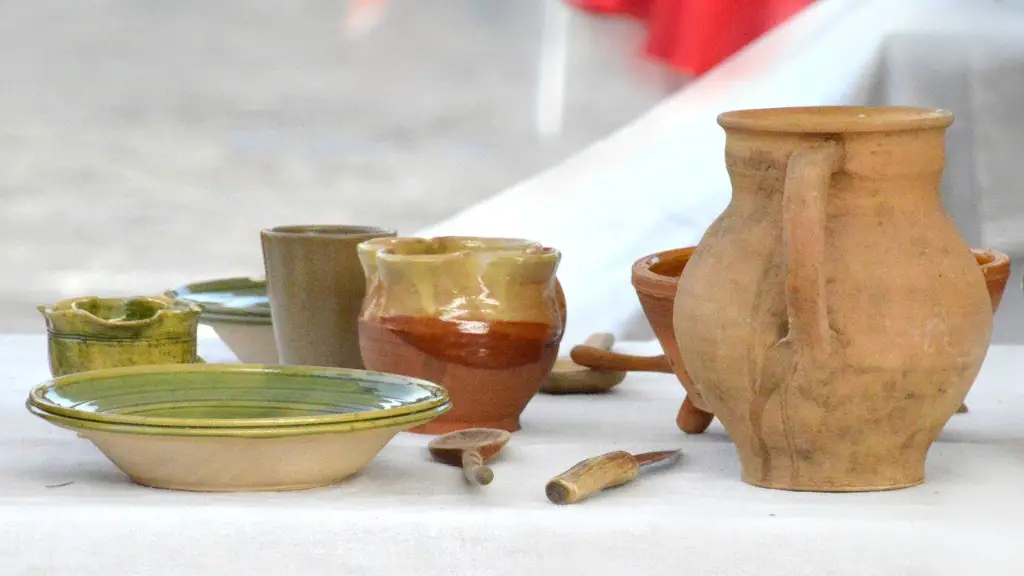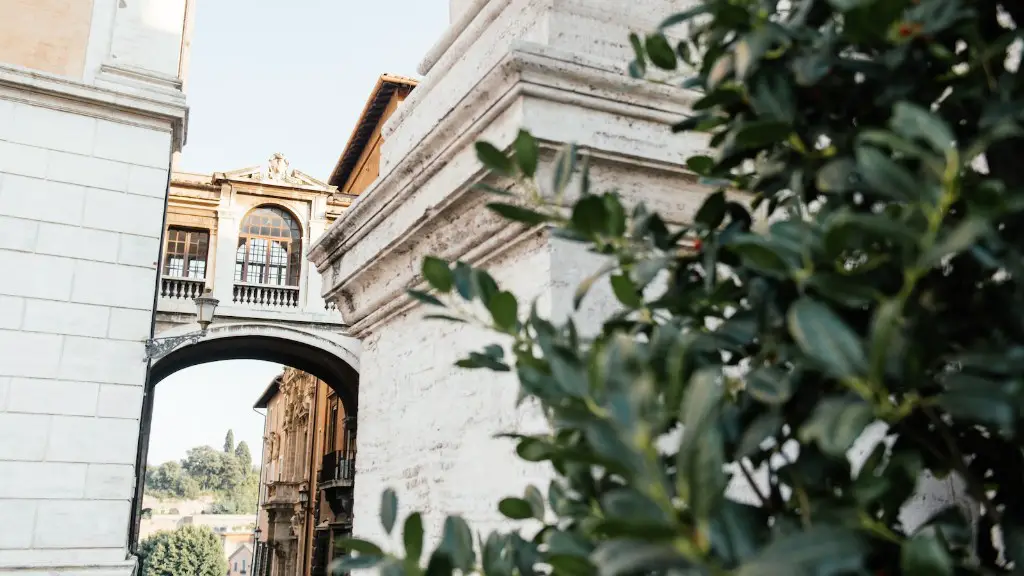Ancient Times
The dawn of human civilization can be traced back to Ancient Rome. This was a period in which ancient Rome developed from a monarchy to a republic, and then to an empire under the control of a single ruler, the emperor. Ancient Rome was at the vanguard of all civilizations in the Mediterranean, developing complex political and social systems and producing many impressive architectural and artistic achievements. As the Roman Empire grew, it spread its influence and culture far beyond its own borders.
The Roman Empire existed from approximately 753 BC to 476 AD, during which time its citizens developed a distinct set of customs, beliefs, and practices. Within the boundaries of the vast empire, the Romans adopted customs and traditions from cultures outside of Rome. They adopted the Greek alphabet and adapted theatrical traditions, including the use of masks and elaborate costumes. They also crafted their own laws and government through a complex web of laws written by their own historians.
The Roman Empire was divided into two major phases: the Republic and the Empire. The Republic existed from 753 BC to 27 BC and was a period of self-rule by elected magistrates. This was the period in which Rome expanded its boundaries and furthered its knowledge of philosophy, art, and science. The Roman Empire started in 27 BC and lasted until 476 AD. It was marked by further expansion and the process of Romanization spreading the language of Latin, along with Roman culture, across vast areas of the world.
Daily Life
Daily life for Ancient Romans was very different from what we experience today. The population of the Ancient Roman Empire was diverse, with many different social classes with different socio-economic statuses. The majority of the population were peasants and slaves working in agriculture, artisans, and trades. To the wealthy and powerful, Ancient Rome offered luxury and the chance to own extravagant lands and possessions.
The Romans had no standard time, so they measured the hours of the day by sunlight. They also relied on sundials and water clocks to keep track of time. While the hours varied with different seasons, a typical Roman day might start early with breakfast or morning prayers at around 6am, followed by farm work or other activities until midday when the day was divided into three hours for lunch, relaxation, and conversation. During the afternoon, work would resume, until the day would end around 8pm when dinner would be served.
As well as their daily occupations, Ancient Roman life included leisure activities such as theatre, chariot-racing, and gladiatorial games. Ancient Romans also had a well-developed religious belief system—they believed in a variety of gods and goddesses, took part in special ceremonies, and built elaborate temples and shrines.
Legacy
The legacy of Ancient Rome is still extremely visible in the world today. It is visible in the cityscape of Rome itself, where ruins of coliseums, temples and other architecture still remain as testaments to the long-reaching influence of this powerful empire. Ancient Roman culture and traditions have also contributed to our current understanding of art, literature, government and law, science, and many more areas.
The language of the Romans, Latin, is still used today in many fields of study, including science, medicine, and law. Latin is also the root of many modern-day languages and it is still used in some liturgical services. Ancient Roman soldiers were also responsible for spreading their culture to other parts of the world, influencing the development and architecture of cities like Constantinople and Barcelona.
Religion was an important part of the daily life of Ancient Romans and the Church adopted many of the religious traditions of Rome. Even today many of the aspects of the Catholic faith are based on Ancient Roman faith, while the Pope’s residence in Vatican City still stands as a reminder to their spiritual legacy.
Festivals
Rome also left behind a rich tradition of festivals. Festivals provided a way for Ancient Romans to enjoy and observe special occasions, much like we do today. Popular festivals included religious ceremonies, harvest feasts or gladiator games. The most famous of these festivals was Saturnalia, held in December to honor the god of agricultural plenty, Saturn. This celebration lasted seven days and gave way to the tradition of gift-giving during the winter season.
The most celebrated religious festival was the Compitalia, which honored the Lares Compitales, spirits of the pomerium or city limit, who were believed to watch over the city. People would walk to the nearest crossroads to attend festivals in honor of these gods, celebrating alongside their families and friends. The Lupercalia festival also celebrated fertility and was a popular Roman tradition.
Food and Drink
Food and drink were important aspects of Ancient Roman life, with ancient Romans enjoying a range of delicacies and libations. Common ingredients included olives, fruits, herbs, eggs, and wine. The most iconic food of Ancient Rome was the classic honey-sweetened cake made with wheat flour and millet, placenta—the precursor of the modern-day pizza. Fava beans, chickpeas, and meat also featured heavily in traditional Roman dishes, while algae and sea urchins were considered delicacies.
Ancient Romans also enjoyed various types of alcohol, most commonly wine. They drank wine with their meals and held symposia, gatherings in which wine was consumed and discussed. Beer was also popular and was mainly consumed by the lower classes, as the wealthier classes preferred wine.
Art & Literature
Ancient Rome was home to a great wealth of artistic works, from sculptures and mosaics to architecture and paintings. The most well-known sculptures include the Arch of Titus and the Venus de Milo. Ancient Roman painters used very rich colors and often painted scenes from religious and mythological stories, or the everyday happenings in the city. They also used humor in their work and painted vivid pictures of courtly life.
The literature of Ancient Rome was quite varied and included epic poetry, plays, histories, and satire. Poets and writers, like Virgil and Ovid, wrote works that have had a lasting impact on our culture, while historians such as Tacitus and Livy wrote detailed accounts of the rise and fall of the Roman Empire. The Roman Empire also left behind a great legacy of philosophy, with notable thinkers such as Seneca, Cicero and Marcus Aurelius writing about ethics and morality.
Technology
The most impressive technological achievements of Ancient Rome were in the fields of engineering and military science. They were particularly advanced in making roads, aqueducts and bridges. They also built great monuments, like the Colosseum, the Pantheon, and the Circus Maximus. Ancient Roman architects had a strong understanding of geometry, which allowed them to create buildings with intricate detail and stability.
The Roman military was also a formidable force, with a vast array of innovative weapons and tactics. They utilized siege engines and catapults for sieges, and their soldiers were highly disciplined and trained in tactics to maximize the effectiveness of their weapons. The Roman navy was also a formidable force, with strong ships and trained sailors.
Women in Ancient Rome
The role of women in Ancient Roman society was largely determined by their social class and the legal codes of the time. Wealthy women had a great deal of autonomy and were allowed to own businesses, purchase property, travel alone and make decisions about their finances. Lower-class women were not allowed these privileges and were expected to be obedient wives and mothers. With the rise of Christianity, society began to view women as a source of evil and sin, forcing them into a more submissive role.
Despite this, women in Ancient Rome still had many opportunities to play a role in the social and intellectual life of the city. Women were often active in the spread of religious beliefs and education, and their involvement in political debates and decision-making on social and artistic matters was also increasing. Women could also be powerful figures in the home, with their judgements respected by husbands, family and guests.




